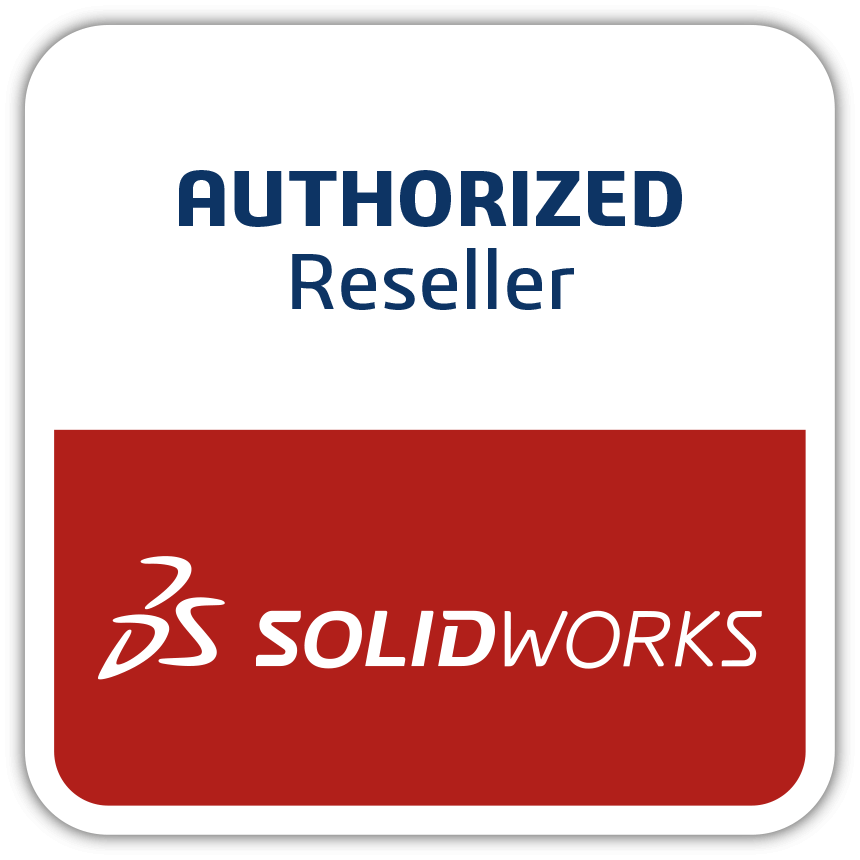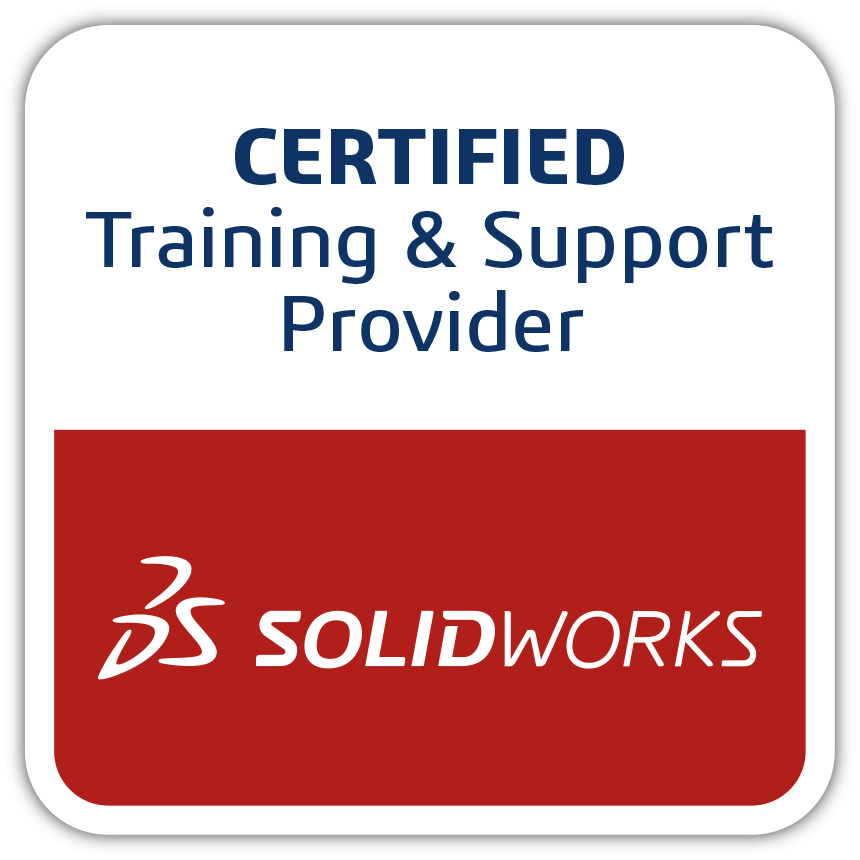3DEXPERIENCE Works is the Sound of SOLIDWORKS Getting Better
Many of us understand why people are so passionate about Apple products or why people line up at Starbucks. Neither company invented mobile communication or coffee shops, but both serve their customers in a way that consistently provides exceptional quality. At SOLIDWORKS, we have put many years of development and effort into creating an exceptional user experience, removing friction between the creative process of design and the actual realization of a product. We do this in many ways but primarily by listening to customer feedback and then implementing their suggestions in upcoming releases—this is undoubtedly at the heart of the SOLIDWORKS culture. The 3DEXPERIENCE® Works portfolio is the next evolution of the mission, which is to create extraordinary user experiences for SOLIDWORKS® users from design through manufacture. More Capabilities for SOLIDWORKS Users To begin with, 3DEXPERIENCE SOLIDWORKS is SOLIDWORKS connected to the 3DEXPERIENCE platform on the cloud. It’s that simple. Installing SOLIDWORKS is streamlined. Updates are more frequent and are pushed onto the platform helping your team to stay up to date with the latest enhancements. And, because 3DEXPERIENCE SOLIDWORKS is part of the 3DEXPERIENCE Works portfolio, you now have direct access to a range of powerful tools—unavailable to SOLIDWORKS users until now—that can help you get projects done faster and more efficiently. For example, the 3DEXPERIENCE Works portfolio gives SOLIDWORKS users immediate access to powerful subdivision modeling (Sub-D) capabilities. Most of us understand that organic shapes are challenging—and typically slower—to build with parametric modelers. With Sub-D modeling, you can streamline the conceptual design stage because you don’t have to set up all the sub-structure necessary in parametric modeling. By leveraging the advanced Sub-D modeling capabilities within the 3DEXPERIENCE Works portfolio, you’ll be able to significantly increase the number of new design concepts that you produce in a day. On-the-fly changes are quick and easy. Getting final approval becomes faster and more efficient. Design Through Manufacture Engineers and designers can share designs easily via the 3DEXPERIENCE platform, allowing key stakeholders—including non-engineers—to give feedback throughout the product development phase to help reduce downstream delays. Data management is already integrated into the 3DEXPERIENCE platform. Capabilities such as revision control, product maturity, permission management, and more are automatically enabled when you make design changes to your cloud-connected SOLIDWORKS parts and assemblies on the platform. With all the data in the same place, everyone is up to date with access to a single source of truth. Therefore, data-driven decision-making is streamlined. And because you are accessing real-time data, there is no risk of being out of sync on model revisions or assembly configurations. Simulation capabilities help you digitally validate your designs to gain insights into the performance, reliability, and safety of products at all stages of the development process. Simulation capabilities are extended for SOLIDWORKS users in the 3DEXPERIENCE Works portfolio with direct access to advanced Abaqus Finite Element Analysis (FEA) capabilities, including but not limited to: Advanced non-linear static, quasi-static, and dynamic analysis involving sliding contacts, large deformation, and hyper-elastic materials Advanced meshing with a wide range of element formulations and types including tetrahedrons, bricks, shells and beam elements Fatigue simulations including uniaxial, multiaxial and infinite, all with stress and strain life formulations, and a robust material durability library High-performance computing (HPC) to expand compute capability and accelerate computation time on powerful computers, on-premises or the cloud Plus, the 3DEXPERIENCE Works portfolio also provides SOLIDWORKS users with direct access to a number of manufacturing tools, enabling streamlined communication between departments to identify and reduce manufacturability errors at any phase to help accelerate the release to production. Who Appreciates 3DEXPERIENCE Works? Engineering Leadership 3DEXPERIENCE Works enables organizations to unite multiple disciplines and stakeholders across multiple time zones to work together to help get a single product to market. Engineers can move from ideation through delivery in one integrated environment. The integrated product development and built-in collaboration tools provide instant visibility into what your teams are working on, enabling you to quickly make changes when things go wrong and reduce non-value-added work. Business Leadership How do you grow and maintain a competitive advantage in a world where technology accelerates change and competition? 3DEXPERIENCE Works provides the ability to aggregate and share real-time information across the company. The tools allow you to monitor relevant key performance indicators to track brand awareness and competitive activity to maintain and grow customer loyalty, enabling you to quickly respond to changing market conditions or shifting buyer behavior. IT Leadership Changing technology and demands from company leaders can make it impossible to deliver all of the required solutions. The cloud-based 3DEXPERIENCE Works portfolio provides the flexibility to add new capabilities from an integrated platform. With greater control and visibility into your investments, you can lower costs, reduce complexity, and increase return on investment, moving IT from a tactical utility to a strategic investment. If you take a minute to think about it, there is no longer a need to rely on dedicated in-house servers. Your IT team no longer needs to worry about server space, cooling issues, physical protection, or other concerns. Network infrastructure, storage, backups, and disaster recovery plans are handled for you. Plus, software updates, such as upgrades, service packs, and downloads happen automatically. Startups Your existence is dependent on getting to market quickly and finding the tools to support business growth. The scalable, cloud-based technology allows you to add new capabilities when needed, leveling the playing field for smaller companies competing with more established organizations. One for All, All from One The 3DEXPERIENCE Works portfolio combines the ease of use of SOLIDWORKS with best-of-breed applications connected to the 3DEXPERIENCE platform. The platform enables you to work concurrently and collaborate with your colleagues from any location. Whether you are a smaller company in a single location or a multisite international firm, product development teams must stay on the same page, including managers and executives, regardless of location. Now you can more easily innovate and solve day-to-day product development problems as a team. The portfolio delivers top 3D modeling, simulation, data management, and manufacturing solutions in one collaborative environment. Unite the people, applications, and real-time data from every aspect of your business for improved productivity, increased collaboration, and accelerated innovation. Connect your data to the platform through…






